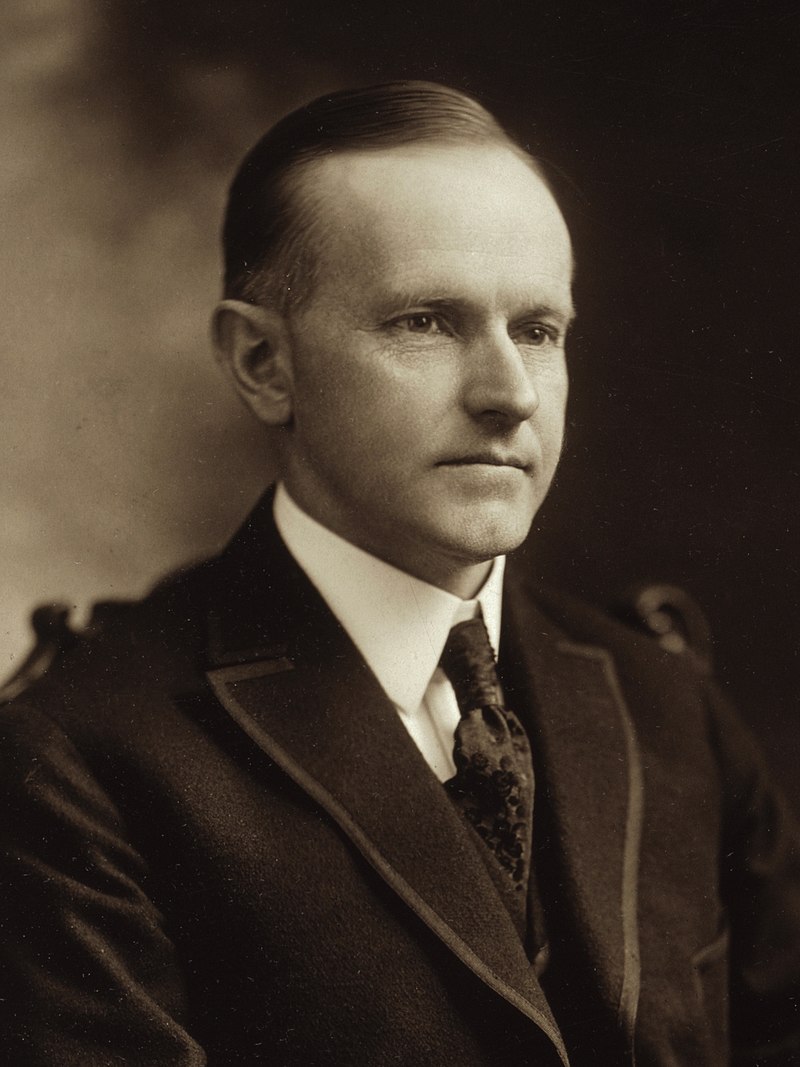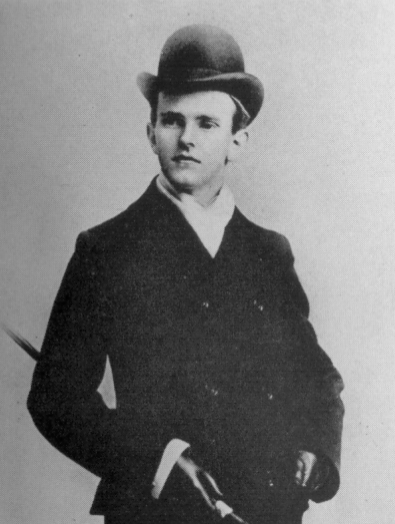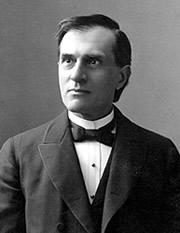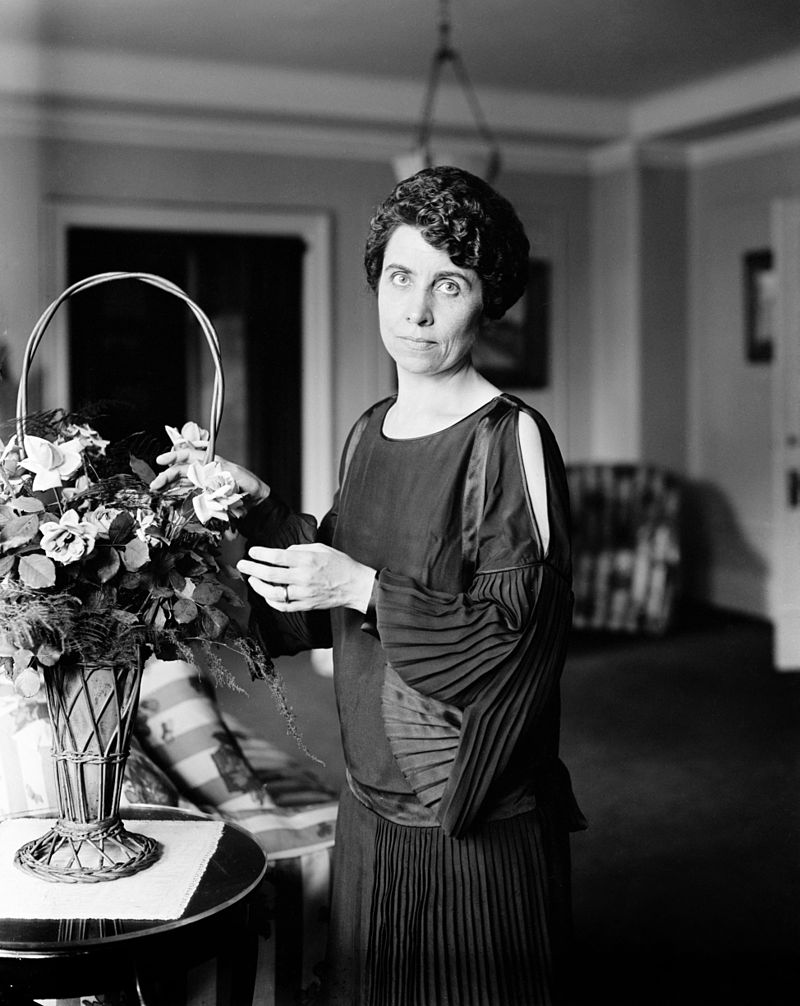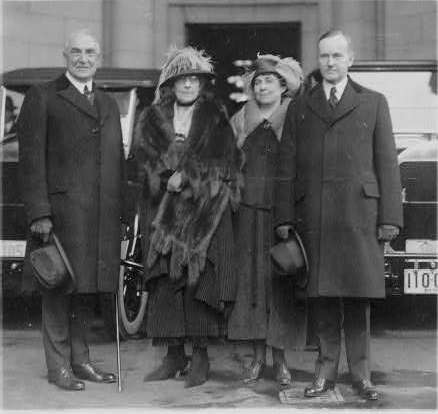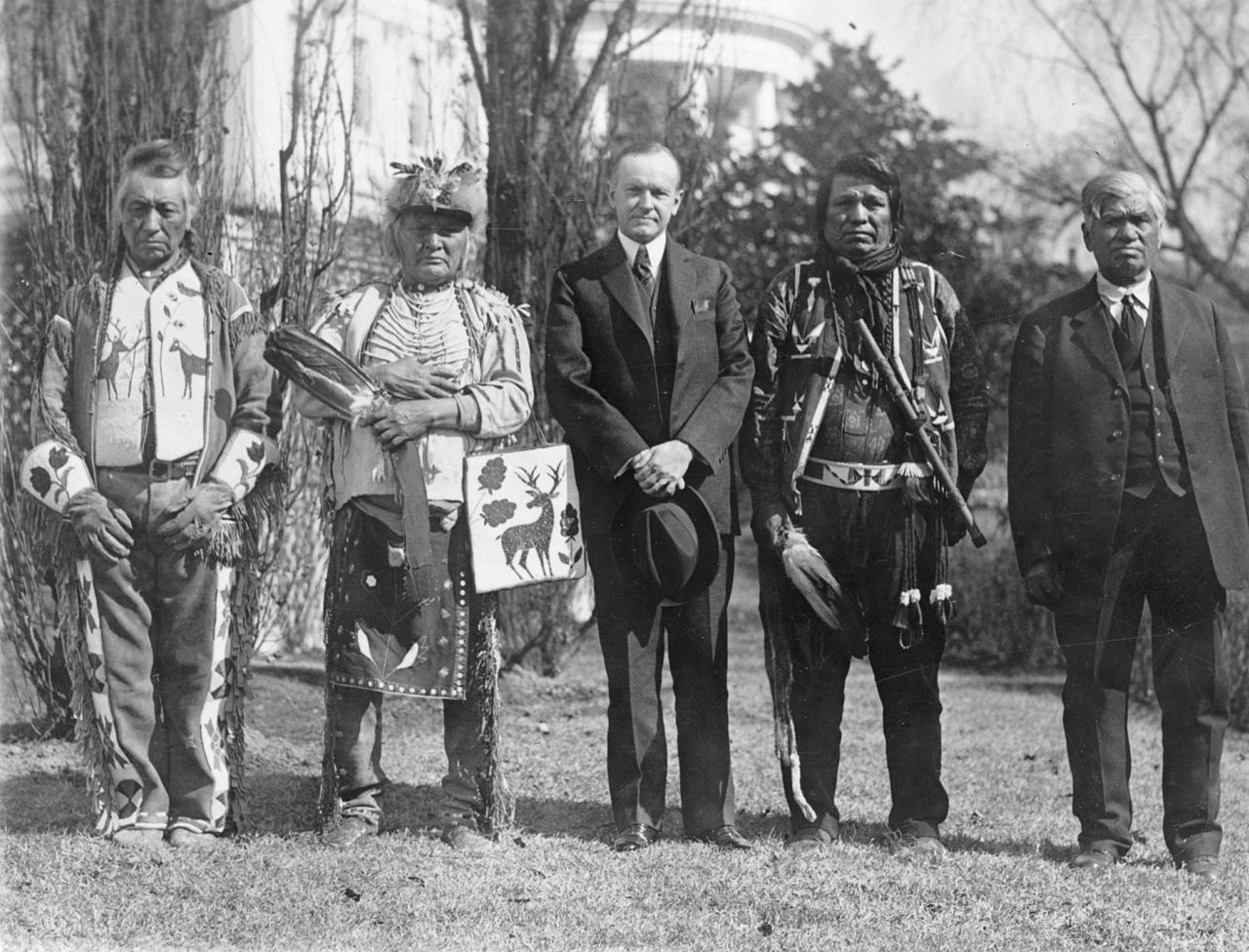Calvin Coolidge rose to the presidency from humble beginnings. He was the 30th president of the United States. A Republican lawyer and conservative president, Coolidge saw the time of the greatest social scientific and political transformations.
Early life and Childhood
Calvin Coolidge was born on the 4th of July 1882, in Vermont, New England (a northeastern region in the USA). His parents were John Calvin Coolidge Senior and Victoria Josephine Moor. Though he was named after his father John Coolidge, he was often addressed as Calvin, which was his middle name in honor of John Calvin, the founder of the congregational church. Coolidge remained loyal to this church throughout his life.
His ancestors had migrated to the U.S.A in the 1600s. John Calvin Coolidge Senior was a small businessman and farmer. Calvin helped his father in managing his accounts and doing chores at the field. As a boy, Coolidge had little ambition in life, except to grow up and become a successful businessman like his father.
Calvin’s father ensured to instill in him the essential New England values, which were piety, bravery, and straight-forwardness. Calvin was very close to his mother. His mother instilled in him the love of poetry and nature. Unfortunately, this relationship could not thrive for long, as he lost his mother to tuberculosis when he was only 12 years old. In a few years, Calvin had to witness the demise of his younger sister Abigail too, which led to the permanently somber expression on his face.
As a young child, he first enrolled in the Plymouth Elementary School and later graduated from the Black River Academy. He was a fair student, who had a better interest in oratory and writing, which he keenly pursued throughout his years as a student. He graduated from school as secretary of his class and got admission in the prestigious Amherst College in Massachusetts. In 1891, he had the chance to hear President Benjamin Harrison’s address, as he was visiting and felt his passion for public speaking rekindled.
From Amherst, he graduated in 1896, with a distinction. He proved himself in debating and joined the Phi Gamma Delta fraternity from which he gained experience in the political arena, and made many friends who would stand with him in his political journey. He was deeply inspired by his philosophy professor, Charles E Garman. Later in life, he reflected on the importance of education philosophically stating, “Education is to teach men not what to think but how to think.” From Garman, Coolidge learnt the law of service and held on to it throughout his career of public service.
Early Career
After graduation, Coolidge desired to start practicing law, but on his father’s wish, he decided to first study law further, in a law firm of John C. Hammond and Henry P. Field in Massachusetts. Soon, he was able to begin the practice of law independently. In 1897, he was admitted to the Massachusetts Bar and the next year, established his own office. He gained popularity with his unique and upright way of practice. He was known for settling cases out of court and providing assistance to poor clients.
Marriage
Coolidge became an established lawyer, and his practice thrived. It was time to complete his family. The opportunity came when he met a teacher at a school for deaf children, Grace Anna Goodhue. He proposed her, and after overcoming reservations of her mother, they married on 4th October 1905. Her outgoing and friendly nature filled the void in Calvin’s life. His silent, serious life was now full of colors. She accompanied him almost everywhere and he enjoyed her company to the fullest.
Their marriage bore two sons. The elder one, John, went on to lead a long and successful life, and breathed his last in the year 2000, however, the younger one, Calvin junior, died a tragic young death in 1924, taking a heavy toll on Calvin Coolidge, who held his family very dear.
Political Career
Calvin Coolidge began his political career by campaigning for the Republican presidential candidate, William Mckinley, in 1896. In 1898, he was elected to the city council in Northampton, extracting valuable political experience from the position. Coolidge took pride in local government and was a staunch believer in the power of the masses. He wrote in his autobiography,
“My belief that people can know the truth, that when it is presented to them, they must accept it, has saved me from many of the counsels of expediency.”
Coolidge was a devoted Republican. The party’s policies had appealed to him since the day he had begun to gain political insight. Voters loved him for his straightforwardness, delivery of promises, and scandal-free, upright life.
In 1916, Coolidge ran for the primary election, to the office of lieutenant governor, and continued up the ladder, becoming the governor of Massachusetts in 1918. An incident in Boston that occurred in 1919 gained support for Coolidge and paved his way to the presidency. Boston police went to a strike that turned violent. The Boston mayor having lost all control of the situation, saw Coolidge take charge. Coolidge denied publicly any justifications of the strike, fired the miscreants, and restored complete law and order, earning massive respect among all conservatives.
He was a hero, a law enforcer, and someone who put the best use of authority. Due to his services to the nation, he was again elected as a Governor in 1919.
Vice Presidency
In presidential elections of 1920, Coolidge was nominated by his party to be run for vice president, alongside Harding as Presidential candidate. Their opponents were strong candidates among the Democrats, including James Cox and Franklin Roosevelt. The Republican pair won the election easily, on the conservative agenda, post-World War I.
Though the vice presidency was mainly a silent duty, Coolidge, on the invitation of the President attended all-important cabinet meetings and gave speeches. He became the first vice president in history to do so. Though a prolific public speaker, his private life was as somber and silent. He was nicknamed the “Silent Cal”. He believed that a public figure’s words held enormous weight and should be carefully measured before utterance.
The sudden death of President Harding on August 2, 1923, came as a shock to many. Coolidge was, at the time visiting his home in Vermont. It had no electricity or phones, and a messenger had to be sent to inform him of the president’s demise. It was the first time and probably the last that a president took oath at his father’s hand in his home at midnight. His father was a justice of the peace who administered the oath.
As President (1924-1929)
During 1924, as the general elections drew nearer, Coolidge suffered the loss of his younger son. He said that the glory of the presidency went with his son. He continued to campaign in his classic subdued fashion. Even after rigorous and modern campaigning by his opponents, he won by popular vote and became the president of the United States of America, in 1924.
Coolidge reigned in the conservative style, lowering taxes, decreasing government spending, and managing to increase the economic growth; hence his term is known as the Roaring Twenties. Coolidge disliked racial discrimination, and in this period of change in America, he spoke for the rights of African- Americans, women, and Native Americans. In world affairs, he was much less interested and mainly wanted to focus on improving conditions in the U.S., and remained a popular President among the Americans.
After the end of his term in 1929, Coolidge retired to Northampton, living a quiet and peaceful life. Coolidge published his autobiography in 1929. He wanted to live a retired life, and even when the republicans approached him to run for president in place of Herbert Hoover, after their defeat in the presidential elections, he made clear that he does not intend to. However, he made various radio addresses supporting Hoover. Unfortunately, Hoover lost, giving way office to the Democrats.
Coolidge died suddenly, of coronary thrombosis, on January 5, 1933. Shortly before his death, he confided to a friend “I feel, I no longer fit in with these times.” And certainly, he did not. He was buried in Vermont.
Conclusion
Nicknamed Silent Cal, John Calvin Coolidge left the world with a heavy heart. A conservative at heart, yet a brave enforcer of law and believer in American ethics, he gave his best to the USA. The people always loved him. Yet towards the end of his life, he did not feel fit with the rapidly changing times. He succumbed after living a life that leaves for all, many lessons, especially those who wish to achieve something out of their lives.
US Presidents | ||

